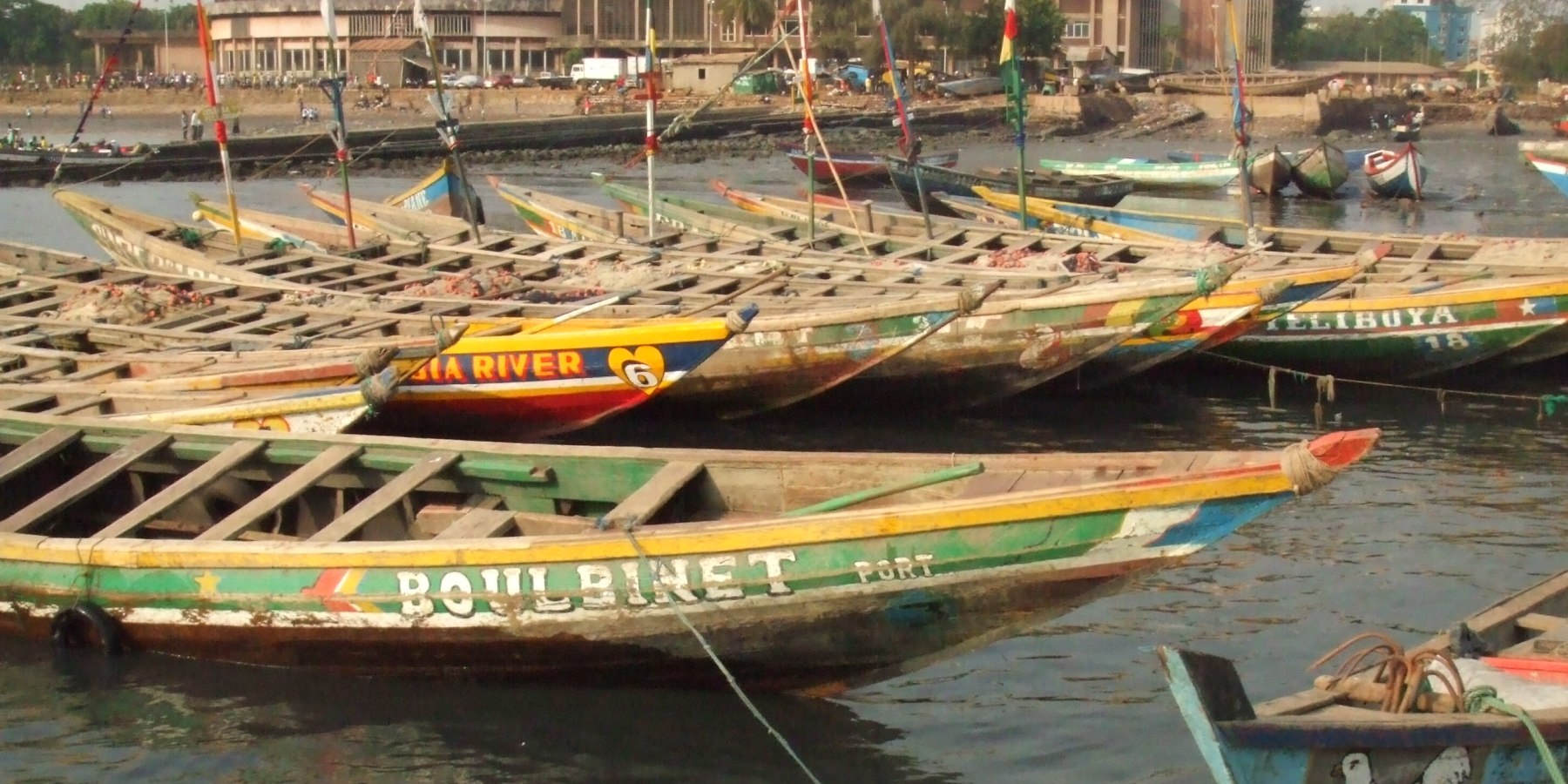| 6 mins read
Craig Taylor
Guinea is certainly an unsung jewel in Africa's crown just waiting to be explored! This former French colony has much to offer and its relatively close proximity to Europe makes it a destination well worth checking out. There are plenty of things to do in Guinea; here is a travel guide starting with the capital, Conakry and identifying some of the places you should consider visiting the country.
Conakry, Guinea
A port city, Conakry is home to 1.6 million people and sits on an island named Tumbo which is connected to the coast by the Kaloum Peninsula. It is the financial and cultural epicentre of the country, and must-visit attractions as per any Conakry tour guide include:
Local markets
Taouyah is a melting pot of traders and their wares. A traditional African market in every sense, here you can buy just about anything, from food and drinks to traditional Guinean art and crafts, curios and even traditional medicines. This market is a warren of passages and alleyways and is best navigated with your guide. You may even consider visiting other markets such as Du Niger and Madina. If you love books, you may even find a hidden gem among the many booksellers at the Madina market. Remember, haggling is the norm!
Grand Mosque
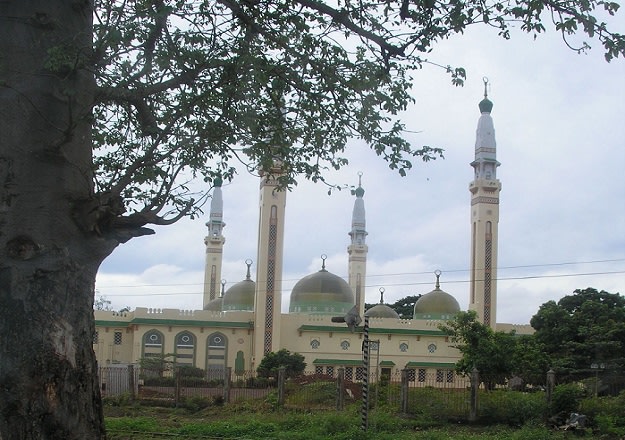
Centre d'Art Acrobatique Keita Fodeb
Do not leave Conarky without a visit to the Centre d'Art Acrobatique Keita Fodeb! Here you will find all manner of amazing performers, all perfecting their unique acts which have helped them join circuses around the world. The range of performers that can be seen practising here includes acrobats and contortionists to name a few.
Musée National
The local museum in the capital is not particularly lavish although it has some exhibitions of interest. Expect to see displays of local musical instruments, a variety of Guinean statues as well as traditional African masks from all over the country. It offers the perfect insight into Guinean culture as well as its inhabitants.
Iles de Los
Just under an hour away from the hustle and bustle of Conarky is Iles de Los, a peaceful haven to recharge your batteries. Here you can soak up the sun, relax in the shade or swim in the crystal-clear waters of the Atlantic Ocean. Afterwards, enjoy an ice-cold drink with some fresh seafood at one of the local eateries.
Other attractions outside the capital
Find the source of the mighty Niger river
Africa is home to many mighty rivers such as the Nile as well as the Niger.
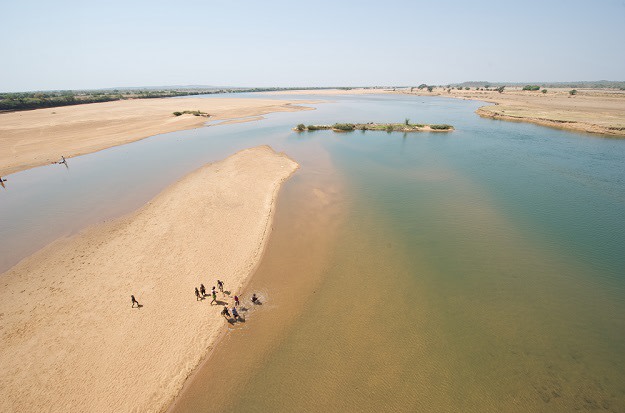
Visit the local markets
Although you may have visited the local markets in Conakry, consider a trip to the town of Kindia, not too far from the capital. Here, the locals make the most intricate woven handicrafts which have to be seen to be believed. Head to the nearby Katikan market which not only has these beautiful woven materials on sale but many other curios to remind you of your time spent in Guinea. And remember to haggle, the locals expect it!
Explore the Kakimbon caves
Situated in Ratoma, not far from Conakry, the Kakimbon caves are a place of great significance to the local Baga people both culturally and in their religion. Here your Kakimbon tour guide will tell you of their importance to the locals, and of the legends spun around them. This scenic area is certainly a must-see during your stay in the country.
Take a hike!
For those looking for even more adventure, there are numerous excellent hiking trails to be found throughout Guinea. One of the best places are the Fouta Djallon highlands, with the town of Mamou as your base.
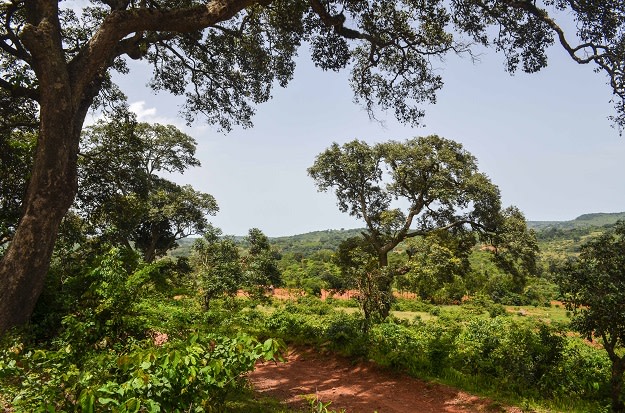
Visit a nature reserve
The Mount Nimba Strict Nature Reserve, which covers an area near Guinea's border with the Ivory Coast and Liberia is a super option for viewing a wide variety of African wildlife.
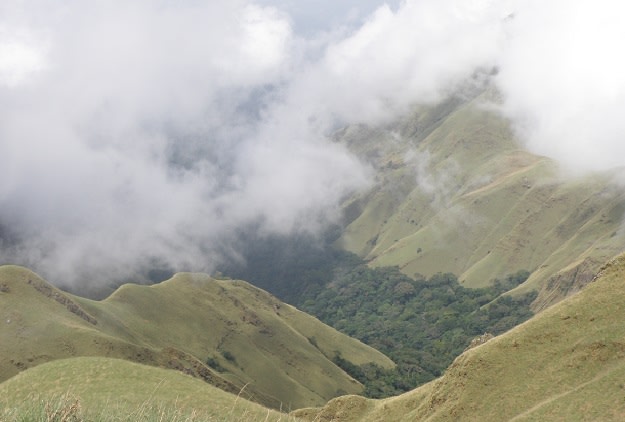
Watch a beautiful waterfall
The Le Voile de la Mariee Waterfall, also known as the Bride's Veil, is one of the most beautiful in Africa. Situated near the town of Kindia in the Fouta Djallon Highlands, it is very narrow when compared with others. But it plunges from an impressive height of 80 metres into the Kokoula river below. And it's easy to see how it received its name. One of the many waterfalls in the region, Le Voile de la Mariee remains popular thanks to the large pool surrounded by bamboo trees below it where you can take a relaxing swim as the waters cascade behind you.
Just outside the village of Diari, 30km west of Labé, lies the impressive Saala waterfall.
Here also, you can swim and hike. This waterfall is down a number of step-like falls which makes it even more picturesque. Since it is located in the middle of the forest you can spot monkeys or even chimps.
Another spectacular waterfall, the Les Cascades De La Soumba is not too far from the capital, Conakry. A pleasant day trip here will not only take in the sights and sounds but provide another option of swimming in one of the pools below on Dubreka river. Make sure you visit during the rainy season as from January to March, the lack of rain means there is not enough water volume and the falls simply do not exist.
“Craig Taylor is a freelance writer and blogger. A lover of wildlife, he loves to travel and have as many new experiences as possible, particularly with food! His other passion is photography.”
Image details and licenses: Conakry: https://flic.kr/p/5QgKzQ (Sebastián Losada, CC BY-SA 2.0), Grand Mosque: https://images.app.goo.gl/mtbHvM1WYGVMVkMJ7 (Mjmkeating, CC BY 2.0),Îles de Los: https://flic.kr/p/64RSYB (Jeff Attaway, CC BY 2.0), The River Niger: https://flic.kr/p/7EqFq1 (Julien Harneis, CC BY-SA 2.0), Mamou: https://flic.kr/p/fasEnw (Jbdodane, CC BY-NC 2.0), Mount Nimba: https://flic.kr/p/7ymFyr (USAID Biodiversity & Forestry, CC BY-NC 2.0)

